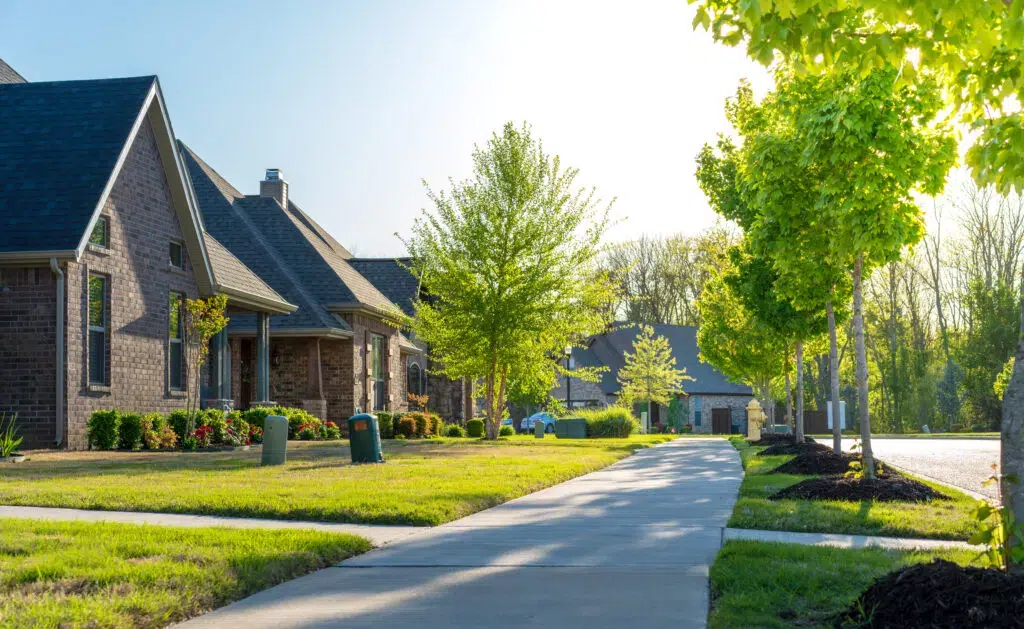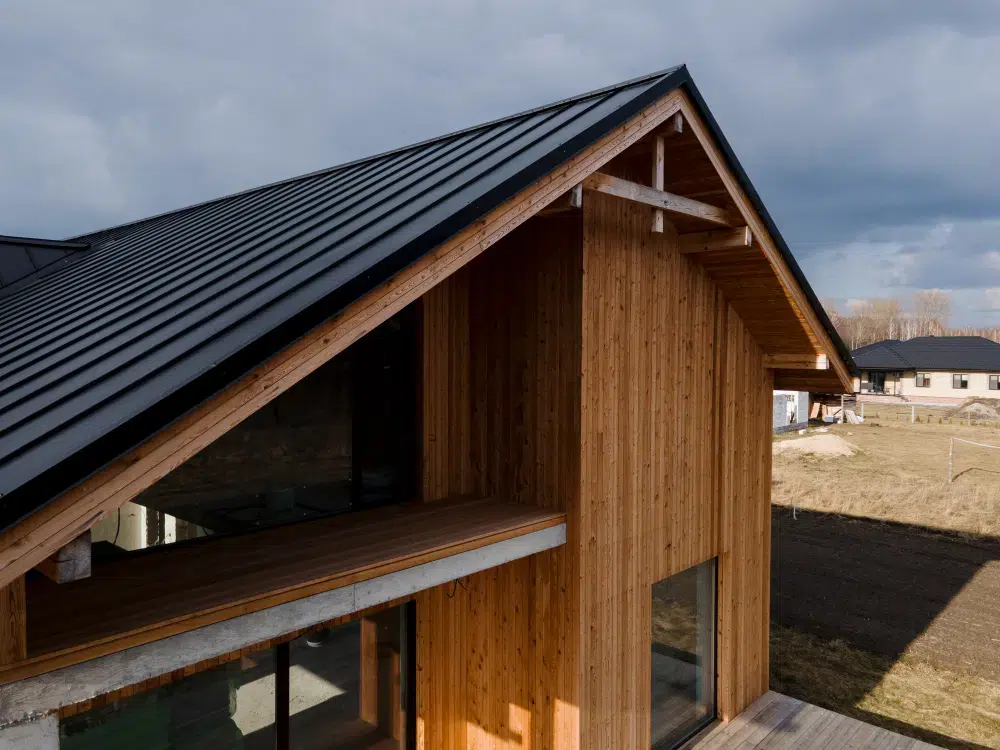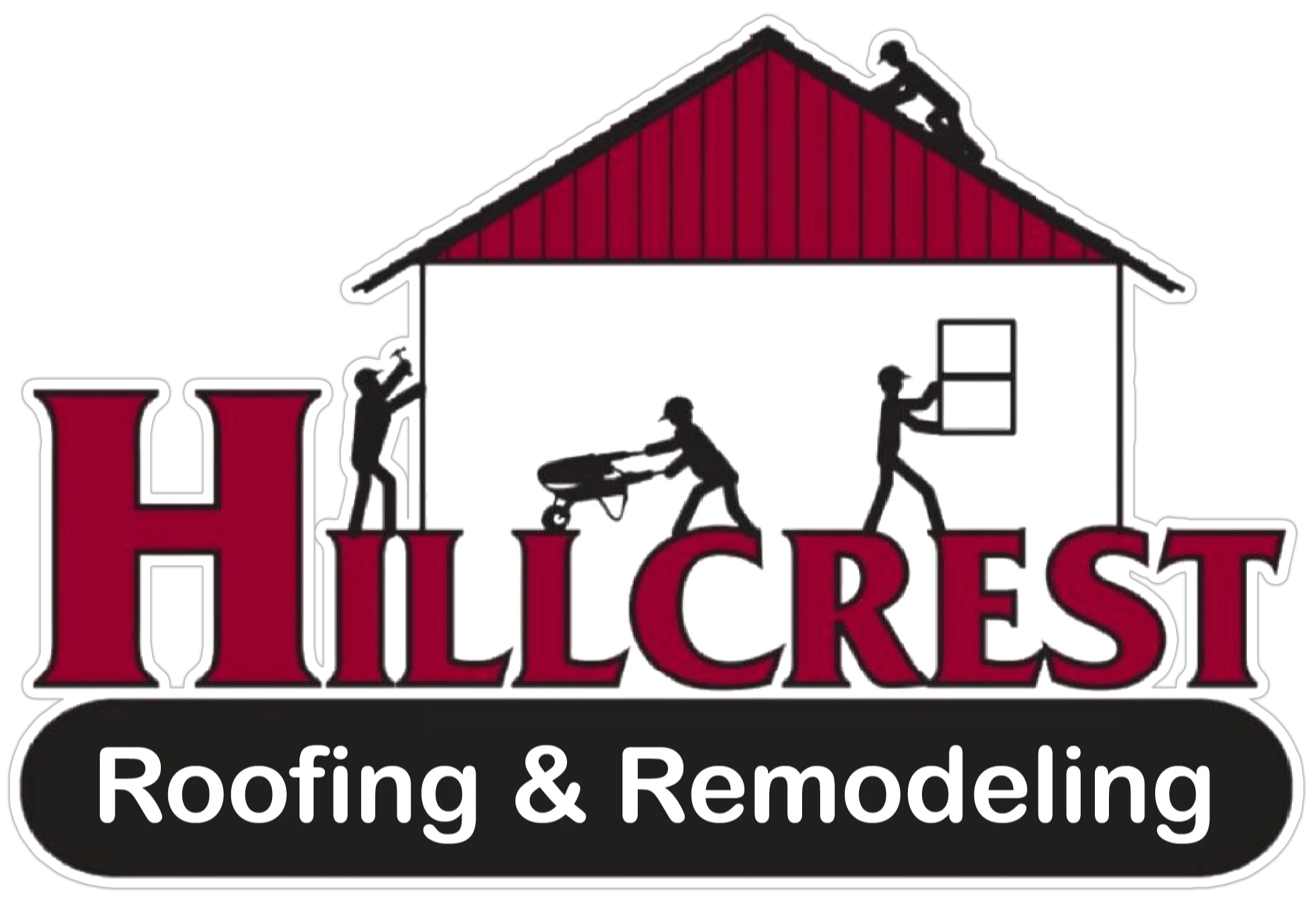Roof installation in the tranquil town of Lake Stevens, WA, is more than just a home improvement project—it’s a necessity. In a place where misty mornings greet residents and the serene lake reflects the ever-changing sky, homeowners understand the importance of a sturdy roof. The Pacific Northwest’s unique climate, characterized by frequent rain and occasional storms, demands roofs that can withstand the elements. This is the story of the roof installation process—a journey every Lake Stevens homeowner embarks upon to ensure their sanctuary remains protected.
Recognizing the Need of Roof Installation in Lake Stevens
Every story begins with a realization. For many in Lake Stevens, it’s the subtle signs: a persistent leak during a downpour, shingles curling at the edges, or moss taking residence on the roof. These indicators signal that it’s time to consider a new roof. Engaging with local experts, such as those at Hill Crest Homes, provides clarity on the next steps.

Choosing the Right Materials
The first major decision in the roof installation in Lake Stevens, WA is selecting the appropriate materials. In Lake Stevens, popular choices include:
- Asphalt Shingles: Cost-effective and versatile, suitable for various architectural styles.
- Metal Roofing: Durable and reflective, ideal for energy efficiency.
- PVC and TPO: Best for flat or low-slope roofs, offering excellent waterproofing.
Consulting with professionals ensures that the chosen material aligns with both aesthetic preferences and functional needs.
Preparing for Installation
Before the first shingle is laid, preparation is paramount:
- Permits: Securing necessary permits from Lake Stevens city authorities ensures compliance with local regulations.
- Protecting Property: Covering landscaping, relocating outdoor furniture, and ensuring vehicles are safely parked prevent potential damage during the installation process.
Companies like Hillcrest Roofing & Remodeling often assist homeowners in navigating these preparatory steps.
Removing the Old Roof
The removal of the existing roof is a meticulous process:
- Tear-Off: Stripping away old shingles and underlayment to expose the decking.
- Inspection: Assessing the decking for any signs of rot or damage, replacing sections as necessary.
This phase ensures a solid foundation for the new roof, preventing future complications.
Installing the New Roof
With a clean slate, the installation begins:
- Drip Edge Installation: Metal flashing is placed along the roof’s edges to guide water away, protecting the underlying structure.
- Underlayment Application: A water-resistant barrier is laid over the decking, offering additional protection against moisture.
- Shingle or Material Placement: Starting from the bottom edge, materials are methodically installed, ensuring proper alignment and overlap.
- Flashing and Ventilation: Areas around chimneys, vents, and valleys receive special attention to prevent leaks, and ventilation systems are integrated to regulate attic temperatures.
Expertise from local contractors guarantees precision in every step.
Final Touches and Cleanup
The culmination of the installation involves:
- Ridge Cap Installation: Special shingles are placed along the roof’s peak, providing a finished look and additional protection.
- Site Cleanup: All debris, nails, and materials are meticulously removed, leaving the property as pristine as before.
- Final Inspection: A thorough review ensures the installation meets all standards and the homeowner’s expectations.
Frequently Asked Questions About Roof Installation

1. How do I know if I need a new roof?
Look out for these red flags:
- Shingles are curling, cracked, or missing.
- Frequent leaks or water stains on ceilings.
- Moss or mold growth.
- Sagging roof sections.
- Roof age exceeds 20–25 years (depends on materials).
Tip: Regular inspections help spot early signs of roof failure.
2. What is the average cost of roof installation?
The cost of roof installation varies depending on:
- Roofing material (asphalt, metal, tile, etc.).
- Roof size and slope.
- Labor rates in your region.
- Old roof removal and disposal.
Typical range: $5,000 to $15,000 for an average U.S. home. Always request a detailed written estimate from your roofing contractor.
3. How long does a roof installation take?
On average:
- Standard asphalt shingle roof: 1–3 days.
- Metal, tile, or slate roofing: 3–10 days.
Weather conditions, roof complexity, and crew size can affect timelines.
4. What roofing materials can I choose from?
Popular roofing materials include:
- Asphalt shingles – affordable and easy to install.
- Metal roofs – long-lasting and energy-efficient.
- Clay or concrete tiles – durable, perfect for warm climates.
- Slate – premium and elegant, but heavy and costly.
- Wood shakes – rustic charm but require maintenance.
Choose based on climate, budget, and architectural style.
5. Do I need to remove the old roof first?
In most cases, yes. Removing the old roof allows contractors to:
- Inspect the deck for damage.
- Install new underlayment properly.
- Avoid adding excess weight.
Some building codes allow one layer of shingles over the old one, but it’s not always ideal.
6. Is roof installation noisy or disruptive?
Yes. Expect:
- Loud hammering and movement on your roof.
- Possible vibrations indoors.
- Dust and debris outside.
Tip: Make arrangements for pets, kids, and home-based work during installation.
7. Do I need a permit for a new roof?
In most locations, yes. Your contractor usually handles:
- Permit applications.
- Inspections by local authorities.
Check local codes or confirm with your roofer to stay compliant.
8. Can roof installation be done in winter?
Yes, but:
- Cold weather affects material flexibility.
- Shingles may not seal properly.
- Extra care and equipment may be needed.
Best seasons: Spring to early fall. But professionals can install year-round with proper techniques.
9. How do I choose a reliable roofing contractor?
Look for:
- Proper licensing and insurance.
- Solid local reputation and reviews.
- Warranty on both materials and workmanship.
- Transparent, written estimates.
Ask for references and verify their previous projects.
10. What kind of warranty do I get with a new roof?
Warranties vary but usually include:
- Manufacturer’s warranty (20–50 years on materials).
- Workmanship warranty (1–10 years depending on the contractor).
Understand what’s covered—especially regarding storm damage, leaks, and installation issues.
11. Can I stay in my home during roof installation?
Yes, most homeowners stay inside. However:
- Noise will be disruptive.
- Outdoor areas may be off-limits.
Clear the attic and protect fragile items and inform household members of the schedule.

12. How do I maintain my new roof?
- Clean gutters regularly.
- Remove debris like branches and leaves.
- Schedule professional inspections yearly.
- Fix small leaks before they grow.
A little upkeep goes a long way. Embarking on a journey of roof installation in Lake Stevens, WA, is a testament to a homeowner’s commitment to safeguarding their abode. Through careful planning, collaboration with seasoned professionals like Hillcrest Roofing & Remodeling, and an understanding of each phase, residents can rest assured under roofs built to endure the Pacific Northwest’s challenges.
